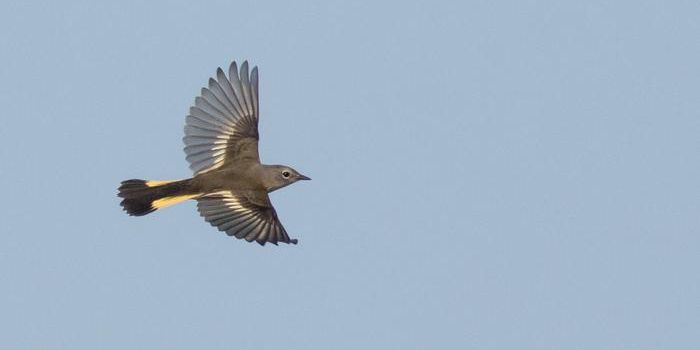Using Drones with Heat-Sensing Cameras to Protect Sea Turtle Nests
Sea turtles are well known for their curious way of producing offspring: once eggs are laid on a beach, the baby turtles hatch and make their way to the sea. In that time, sea turtles are faced with a multitude of threats, including natural predators. Sea turtles also face a number of threats from poachers, who take sea turtle eggs and sell them because of claimed aphrodisiac qualities.
As a result, people have been brought in to patrol sea turtle habitats to protect eggs from poachers and to protect hatched sea turtles from natural predators. These efforts are especially important considering that the majority of sea turtle species are considered to be threatened species, largely due to poaching efforts. The ability to patrol beaches and sea turtle habitats can go a long way to protecting these species.
But sometimes, human patrols aren’t always enough. That’s why a team of researchers at the Osa Conservation have explored the feasibility and usefulness of heat-sensing cameras attached to drones as a way to monitor beaches and sea turtle populations. Their work is published in a recent article published in Frontiers in Conservation Science.
The team tested their approach on a sea turtle beach habitat in Costa Rica’s Osa Peninsula. This new approach allowed researchers to get a more comprehensive and detailed image of turtle movements, predator movements, and more. The ability to distinguish between predator and sea turtle tracks, in particular, was especially helpful because on-ground patrollers often struggle to tell the difference. They tested their approach on a roughly one mile section of beach over a one week period.
Overall, researchers found that their heat-camera approach could detect about 20% more activity on the beaches, including nesting activity, compared to people who were patrolling the beaches on foot. Their test run also showed that the drone approach detected more predators and even three people on the beach that the patrollers did not notice.
This approach does have a few limitations, mostly due to costs and resources. The drones are very expensive and the images take time and resources to develop, which could pose challenges for underfunded research and conversation groups. Overall, though, drones could offer a new conservation tool for the protection of sea turtle.
Sources: Mongabay; Frontiers in Conservation Science








